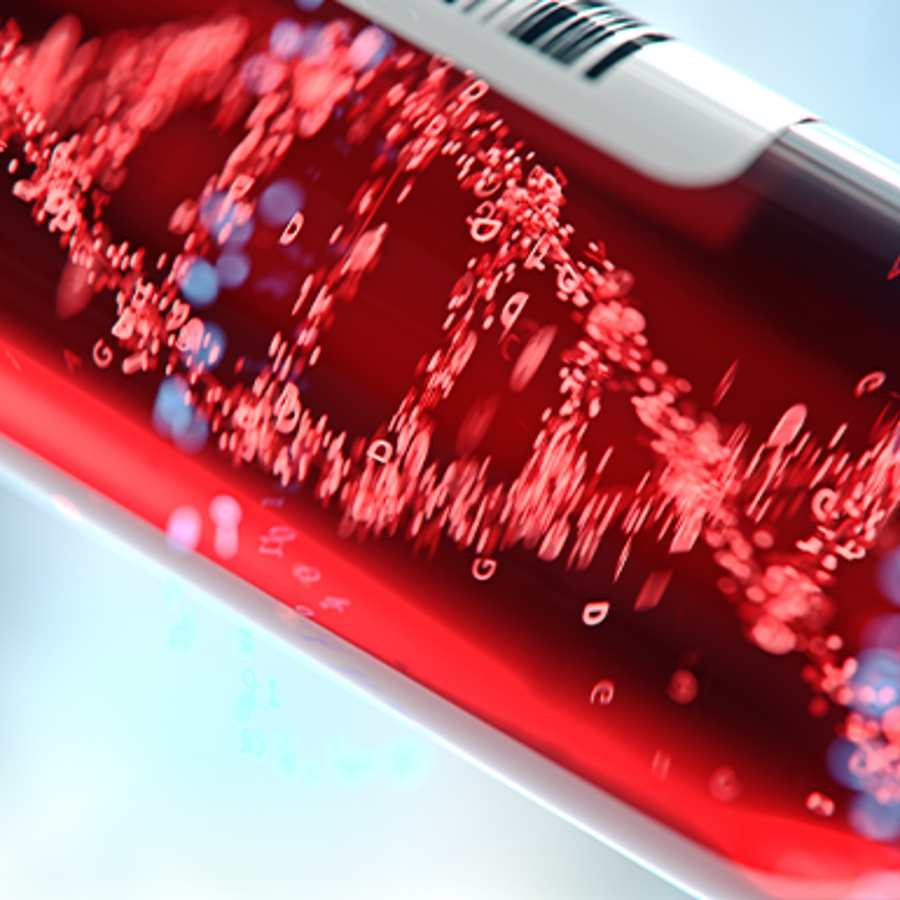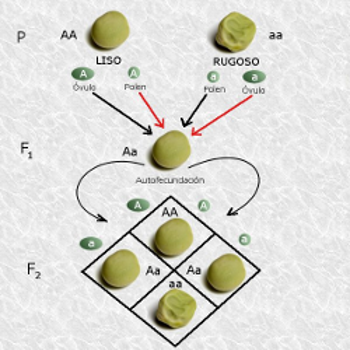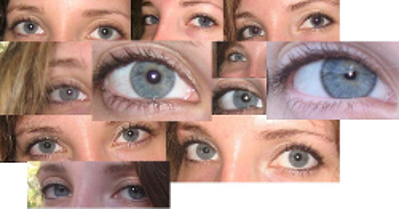
Can we genetically test for traits like hair and eye color?
October 27, 2017

- Related Topics:
- Pigmentation traits,
- Consumer genetic testing,
- Hair color,
- Red hair,
- Eye color,
- Dominant and recessive,
- Complex traits
A high school student from Massachusetts asks:
"Can we genetically test for traits like hair and eye color?"
There is genetic testing for this sort of thing. A good company is 23andMe. Another is AncestryDNA when it is combined with an online program called Promethease.
Unfortunately, genetics isn’t as cut and dried as it is often taught in school.
For example, there isn’t really a single gene that determines your eye color. This means that you can’t really figure out whether you are a carrier (or heterozygous) for a particular eye color or not.
All you can really do is get a feel for which versions of the known genes for a particular trait you have. You can’t know much about unknown genes that can influence the odds of, say, having a child with blue eyes.
So for most traits, you end up with how likely it is for you to have a certain eye or hair color. And how likely it is for your kids to have that trait too.
Red Hair is Easy(ish)
One exception to this rule is red hair. While not perfect, it is the closest thing we have to a predictable trait when it comes to the color of our hair, eyes, or skin.
The most important gene in red hair is called MC1R. It comes in two types: red and not red. For simplicity’s sake I’ll call the red version “r” and the not red version “R.”
To understand what this means for red hair, we need to remember that we have two copies of most of our genes, including MC1R.
This means there are three possible combinations for people:
- RR
- Rr
- rr
It is pretty obvious what color hair you would predict for thehomozygous combinations, the ones with two of the same type of MC1R gene. RR people should not have red hair while rr people should have red hair.
But what about the heterozygote? The people who are Rr?
Because red hair is recessive, Rr people should not have red hair. The R dominates the r keeping red hair at bay.
But Rr people can pass on that r down to their kids. And if a child gets an r from both parents, that child will be rr and most likely have red hair.

A test like 23andMe can definitely tell you if you carry any of the known red hair versions of the MC1R gene. It told me I did (although my red haired son suggested already that I was probably a carrier).
Now as I said, even this one is not perfect. There are Rr people with red hair and rr people who don’t have red hair.
But red hair is closest to a textbook case of a dominant/recessive trait for hair, eye, and skin color that we’ve got. Blue eyes are not.

Eye Color is Complicated
There are many genes that come in many varieties that can all affect final eye color. This is true even for eye colors like blue and brown.

In school we are taught that brown is dominant over blue. As we saw with red hair, what this means is that if you have a “brown” version (B) of the eye color gene and a “blue” version (b), you will have brown eyes. You will be heterozygous (Bb).
Things are not so simple. For example, 1% of people with two blue versions (and who should have blue eyes) have brown eyes instead. And 1% of people with two brown versions have blue eyes.
The heterozygotes are even messier. Somewhere around 7% of them have blue eyes and only 56% have brown. Everyone else has green, hazel, or any of the other rainbow of eye colors. Even though brown is also supposed to be dominant over green!
Here is a table of data from a few years ago from 23andMe:
|
Genes |
What it means in Europeans |
|
BB |
85% chance of brown eyes |
|
Bb |
56% chance of brown eyes |
|
bb |
72% chance of blue eyes |
As you can see, it isn’t like in the textbook! Genetics is marvelously messy.
So there are tests that can tell you about your genes and which versions (or alleles) you have but they may not be as informative as you’d like. You may be heterozygous for an important gene but that will not tell you the whole story.
You might predict brown eyes but have blue instead. Or green or a multitude of other colors.
Keep this in mind unless you happen to be interested in red hair or one of the few others that work like Mendel’s peas.

Author: Dr. D. Barry Starr
Barry served as The Tech Geneticist from 2002-2018. He founded Ask-a-Geneticist, answered thousands of questions submitted by people from all around the world, and oversaw and edited all articles published during his tenure. AAG is part of the Stanford at The Tech program, which brings Stanford scientists to The Tech to answer questions for this site, as well as to run science activities with visitors at The Tech Interactive in downtown San Jose.
 Skip Navigation
Skip Navigation
